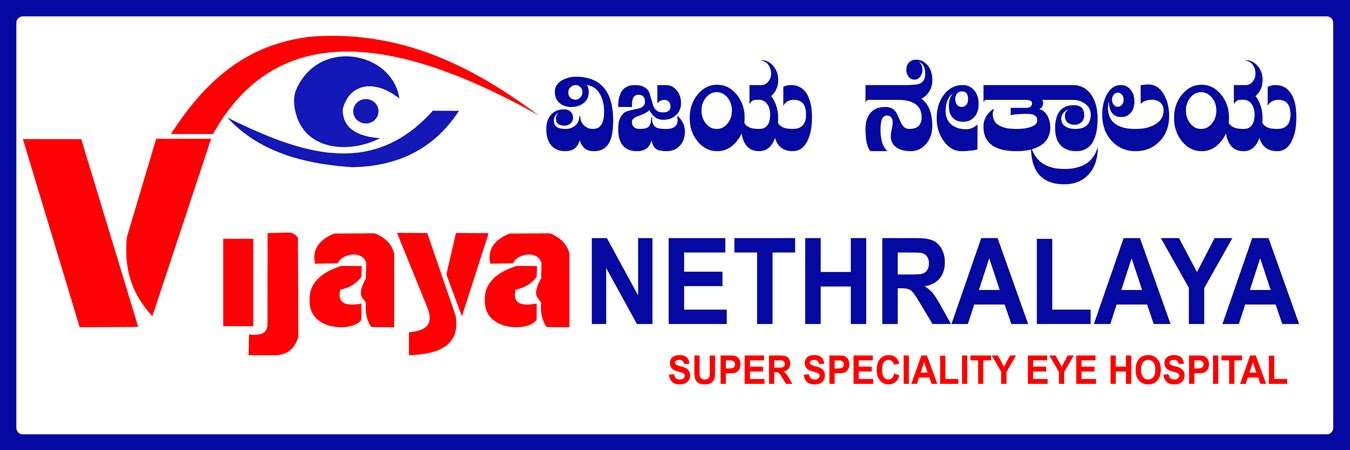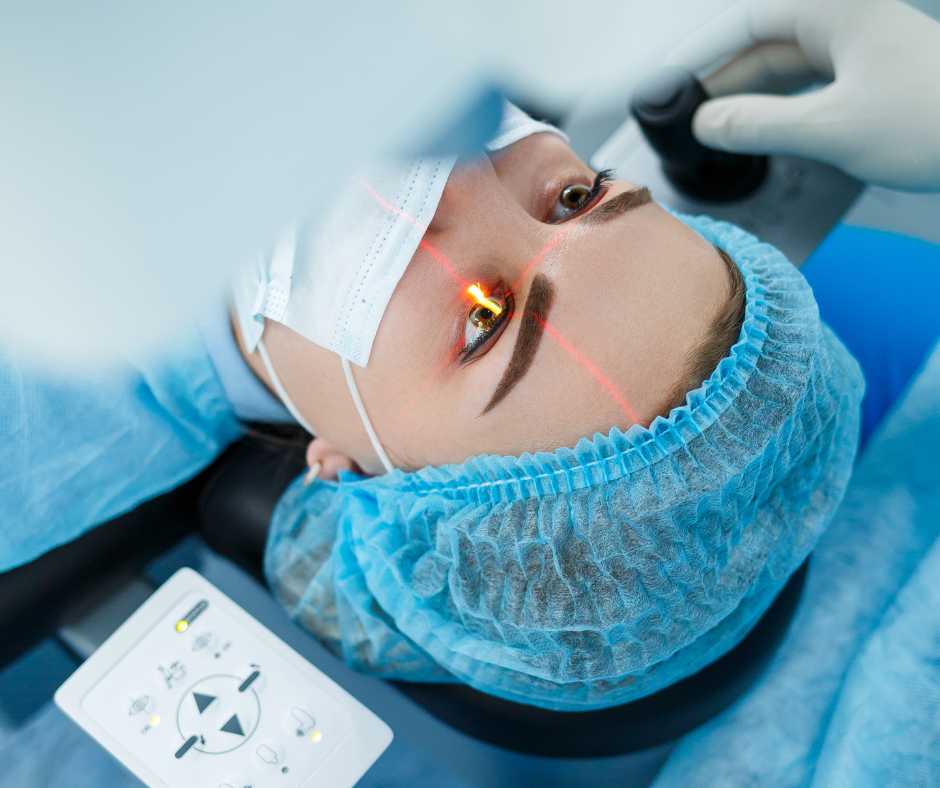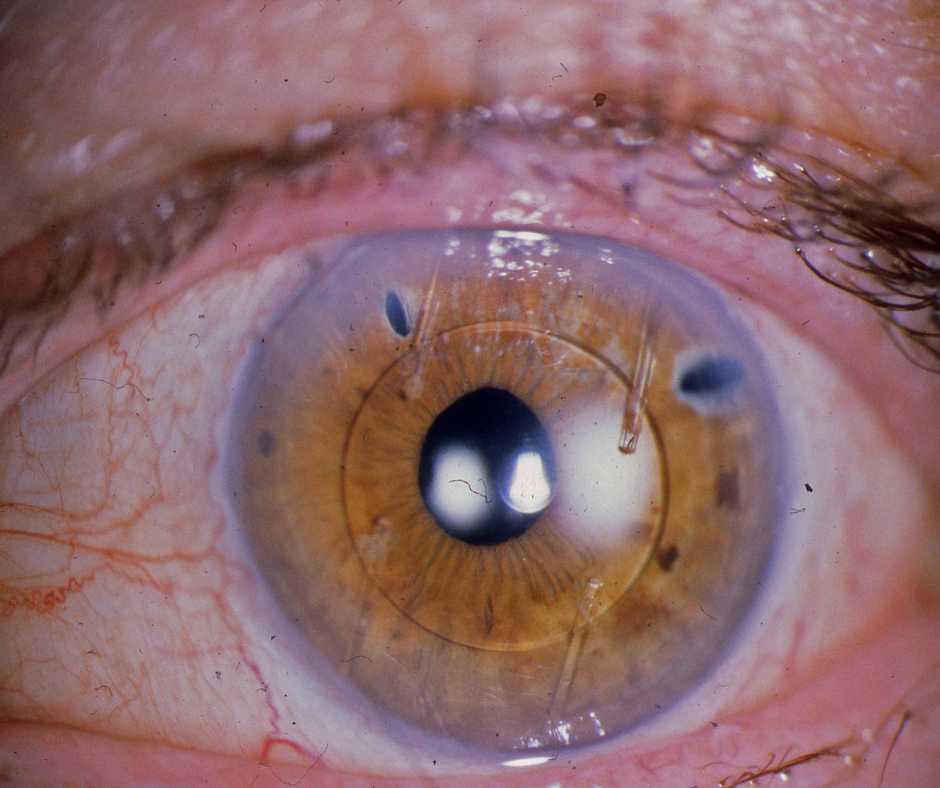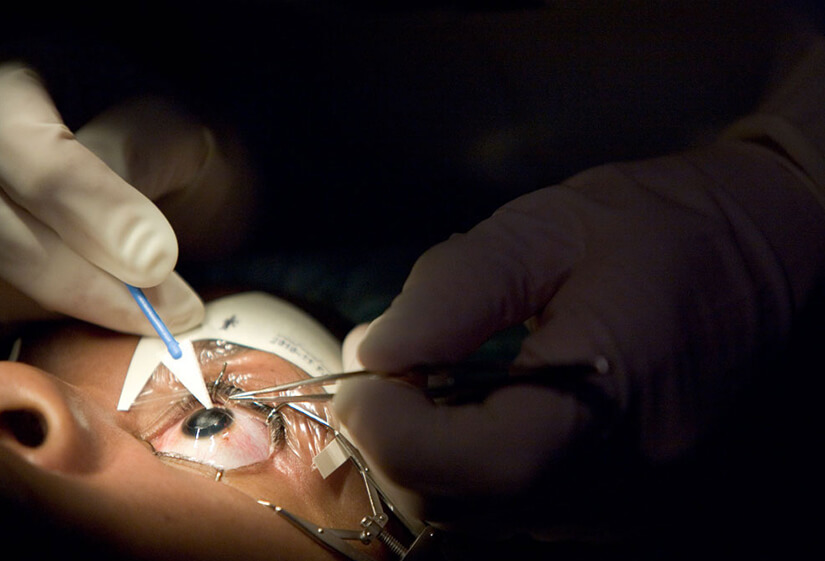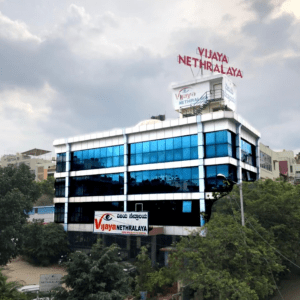A Complete Guide to LASIK Eye Surgery: Everything You Need to Know
When it comes to achieving perfect vision, LASIK eye surgery is one of the most popular and effective procedures available today. But what exactly is LASIK? Who is it for, and what should you expect before, during, and after the surgery? In this comprehensive guide, we will take a closer look at LASIK eye surgery, its benefits, risks, and everything else you need to make an informed decision. So, whether you’re considering LASIK or simply curious about it, this article will cover all the important details you should know.
What Is LASIK Eye Surgery?
Understanding LASIK: The Basics
LASIK stands for Laser-Assisted in Situ Keratomileusis, a revolutionary eye surgery aimed at correcting common vision problems like nearsightedness, farsightedness, and astigmatism. By reshaping the cornea using a laser, LASIK helps light enter the eye properly, resulting in clearer vision. It’s a quick, minimally painful procedure that has transformed millions of lives by eliminating the need for glasses or contact lenses.
How Does LASIK Work?
LASIK works by reshaping the cornea – the clear front part of the eye – to allow light to be focused correctly onto the retina. The procedure uses an excimer laser to carefully remove tissue from the cornea’s inner layers, improving its curvature. In the case of nearsightedness, the cornea is made flatter, while for farsightedness, the curvature is made steeper.
Who Is a Good Candidate for LASIK?
Age and Health Considerations
While LASIK surgery is effective for many, not everyone is a suitable candidate. Generally, you need to be over 18 years old, with a stable prescription for at least one year. You also need to be in good general health, without any eye diseases such as glaucoma, cataracts, or severe dry eyes. Certain medical conditions like autoimmune diseases may also affect your eligibility.
Refractive Errors and Vision Problems
The most common refractive errors that LASIK treats are:
- Nearsightedness (Myopia): Difficulty seeing distant objects clearly.
- Farsightedness (Hyperopia): Difficulty seeing close objects clearly.
- Astigmatism: Blurred vision due to an irregularly shaped cornea or lens.
Your optometrist will conduct a thorough eye exam to determine if LASIK is a suitable solution for your vision needs.
LASIK Surgery: The Procedure Step by Step
Step 1: Pre-Surgery Preparation
Before the surgery, you’ll have a detailed consultation with an ophthalmologist. They will assess your eye health, take measurements of your cornea, and ensure your vision prescription is stable. You’ll also be asked to stop wearing contact lenses for a few weeks before the exam, as contacts can alter the shape of your cornea.
Step 2: The Surgery Itself
The LASIK procedure typically takes around 15 minutes per eye, and most patients experience little to no discomfort. Here’s what happens:
- Anesthesia: The surgeon will apply numbing eye drops to ensure you don’t feel any pain during the procedure.
- Creating a Flap: A thin flap is created in the outer layer of the cornea using either a microkeratome (a surgical instrument) or a femtosecond laser.
- Laser Reshaping: Once the flap is lifted, the excimer laser reshapes the underlying corneal tissue to correct the refractive error.
- Flap Repositioning: The flap is then repositioned and left to heal naturally.
Step 3: Post-Surgery Care
After the procedure, you’ll be given protective eye shields and prescribed eye drops to prevent infection and reduce inflammation. You’ll need to rest for a few hours, and most patients experience clear vision within 24 to 48 hours.
Benefits of LASIK Eye Surgery
1. Immediate Results
One of the major advantages of LASIK is the speed with which you can see improvement. Many people notice a significant enhancement in their vision almost immediately after surgery, with full recovery happening in just a few days.
2. Reduced Dependency on Glasses or Contact Lenses
If you’ve spent years relying on glasses or contacts, LASIK could give you the freedom to see clearly without them. It’s especially beneficial for active individuals who want to enjoy sports or other activities without the hassle of eyewear.
3. High Success Rate
LASIK boasts an impressive success rate, with around 96% of patients achieving 20/25 vision or better after the procedure. This high success rate makes it one of the most reliable options for vision correction.
4. Fast Recovery Time
Compared to other eye surgeries, LASIK has an extremely quick recovery period. Most people return to normal activities within 24 to 48 hours, and discomfort is minimal.
Risks and Side Effects of LASIK Surgery
1. Dry Eyes
It’s common for patients to experience temporary dry eyes after LASIK, as the procedure can affect the tear glands. However, this condition usually resolves within a few months, and your doctor may recommend lubricating eye drops to help.
2. Night Vision Issues
Some patients may experience halos, glare, or difficulty seeing at night, especially in the first few weeks following surgery. This usually improves over time, but in rare cases, it can be permanent.
3. Undercorrection or Overcorrection
While LASIK is highly effective, some patients may still need additional vision correction after the procedure. In some cases, an enhancement surgery may be required to achieve optimal results.
4. Infection or Complications
As with any surgery, there is a small risk of infection or complications, such as flap dislocation or corneal scarring. However, these risks are rare, and proper post-surgery care significantly reduces the chances of complications.
Is LASIK Right for You?
Consulting with an Eye Specialist
Before deciding whether LASIK is the right choice for you, it’s essential to have a consultation with a qualified ophthalmologist. They will assess your eye health, medical history, and vision needs to determine if LASIK is a good fit for you.
Alternative Treatments for Vision Correction
If LASIK isn’t a suitable option, other treatments, such as PRK (Photorefractive Keratectomy), SMILE (Small Incision Lenticule Extraction), or even implantable lenses, may be alternatives to consider.
Cost of LASIK Eye Surgery
What Affects the Price?
The cost of LASIK can vary depending on several factors, including the surgeon’s experience, the technology used, and your geographical location. On average, LASIK surgery costs between $2,000 and $3,000 per eye.
Insurance and Financing Options
Most insurance plans do not cover LASIK surgery as it’s considered an elective procedure. However, many clinics offer financing options to help manage the cost, and some employers may offer discounts or benefits for LASIK.
LASIK Eye Surgery: Is It Worth It?
Long-Term Benefits
Despite the initial cost, many people find LASIK to be worth the investment. Over time, you’ll save money on glasses, contact lenses, and solutions. Additionally, the convenience of clear vision without the need for corrective lenses is priceless for many patients.
Conclusion
LASIK eye surgery is a groundbreaking procedure that offers a safe and effective solution for those looking to improve their vision. With its high success rate, minimal downtime, and the potential to reduce your dependence on glasses or contacts, LASIK can be life-changing for many individuals. However, it’s essential to consider the benefits, risks, and costs before making a decision. If you’re thinking about LASIK, make sure to consult with a trusted eye specialist to determine if it’s the right option for you.
Author Details:
Dr. Sushruth Appajigowda holds a prominent position as a Cornea, Cataract, Glaucoma, and LASIK Surgeon in Bangalore. He serves as the chief Cataract and Refractive surgeon at Vijaya Nethralaya Eye Hospital, Nagarbhavi Bangalore. Renowned as one of the finest LASIK surgeons nationwide, he brings with him over 12+ years of experience across multiple LASIK platforms, including ZEISS, ALCON, SCHWIND, AMO, and Bausch and Lomb. Having successfully conducted over 5000 LASIK procedures, Dr. Sushruth holds the title of a Certified Refractive Surgeon and a Fellow of the All India Collegium Of Ophthalmology. Furthermore, he stands as a distinguished speaker at various National and International Forums, using his expertise to guide you in selecting the most suitable procedure based on your health requirements.
Dr sushruth Appaji gowda
http://vijayanethralaya.com/link-in-bio/
Frequently Asked Questions (FAQs)
1. How long does LASIK surgery take?
The LASIK procedure typically takes about 15 minutes per eye. You can expect to spend around 1 to 2 hours at the clinic for the entire process, including preparation and post-surgery care.
2. Is LASIK painful?
No, LASIK surgery is not painful. Numbing eye drops are used before the procedure, so you won’t feel any discomfort. After the surgery, you may experience some mild irritation or dryness, but this is temporary.
3. Can LASIK correct all vision problems?
LASIK is effective for treating nearsightedness, farsightedness, and astigmatism. However, it may not be suitable for those with severe vision issues or certain eye conditions like cataracts or glaucoma.
4. Will I need to wear glasses after LASIK?
Most people experience significant improvements in their vision after LASIK and no longer need glasses or contact lenses. However, some individuals may still require reading glasses later in life due to age-related changes in vision.
5. How long does it take to recover from LASIK?
Recovery time is quick. Most patients experience improved vision within a day or two, and they can resume normal activities within a few days. However, it’s essential to follow your doctor’s post-surgery instructions to ensure proper healing.
